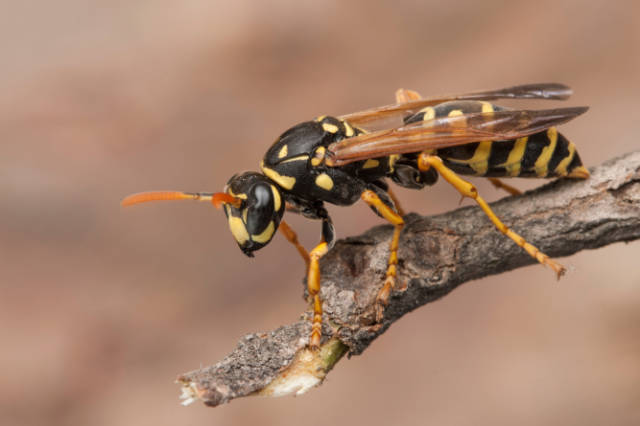In the vast world of nature, wasps stand out as interesting beings that make people feel both awe and fear. Wasps are in the order Hymenoptera, which also includes bees and ants. Each type of wasp has its own traits and ways of acting. This piece dives into the fascinating world of wasps, explaining their biology, behavior, ecological importance, and what you can do to live with these stinging insects.
How Different Wasps Are
One of the most interesting things about wasps is how many different kinds there are. From the fierce and stubborn yellowjackets to the elegant and mysterious paper wasps, each species has its own traits and characteristics. Solitary wasps live and hunt alone, while social wasps like yellowjackets and hornets live in groups with a hierarchical structure made up of queens, male drones, and female worker wasps.
How Nests Are Built and Designed
Wasps are very good at making nests, which is one of their most amazing skills. Wasps make homes out of chewed wood fibers and saliva, which turns into a paper-like substance. Some nest in underground caves, others in tree holes, and some even in the eaves of buildings. Researchers and fans are amazed by how complicated and well-made these nests are.
Being defensive and Stinging
Even though wasps are important to environments as predators and pollinators, it is well known that when they feel threatened, they can be very aggressive. When a wasp nest is disturbed, the wasps send out chemical signals to warn the rest of the colony. In defense, more than one wasp may sting. Most wasps can hit more than once because their stingers don’t have barbs and stay whole. The venom they inject into people can cause pain, swelling, and sometimes allergic responses.
Ecological Importance
Even though wasps are known for their painful stings, they are very important to the balance of nature. As predators, they help keep the numbers of pest insects down, which is good for farms and gardens. Also, some wasps are important pollinators that help plants get fertilized while they look for food. Understanding and valuing what these insects do for the environment helps you see them in a more complete way.
Wasp Nests: Put Your Safety First
Coming across a wasp nest can be scary, especially for people who are allergic to or afraid of insects that sting. So, when it comes to getting rid of a wasp nest, safety should be the most important thing. Some people might be tempted to take things into their own hands, but it’s important to know the risks and difficulties that could come with that. Professional pest control services are the best way to get rid of pests safely and effectively.
Solutions that don’t hurt the environment
There are natural and non-toxic ways to get rid of wasp nests for people who want to be kind to the environment and animals. The goal of these options is to get rid of wasp nests without hurting the insects or the environment. This will help keep the ecosystem’s delicate balance.
Conclusion
In the end, it’s important to know about the world of wasps and what role they play in the environment if we want to live together in peace. Their variety, building skills, and gifts to the environment add to the beauty of the natural world. Respect and care are needed when dealing with wasps because of the way they act when they feel threatened. Using safe methods when dealing with their nests protects both people and the insects. The buzz about wasps can help you learn more about how complex nature is, whether it’s by understanding how important they are to the environment or by using eco-friendly options.



